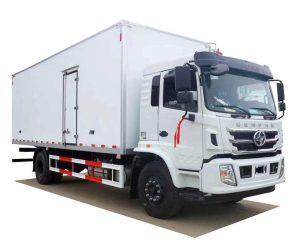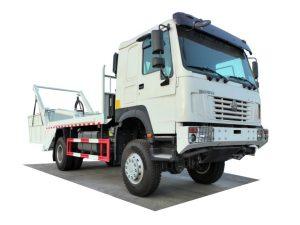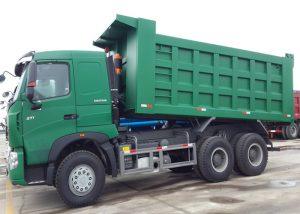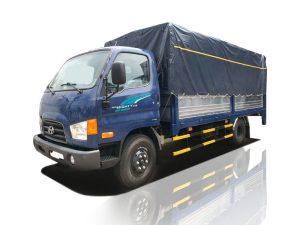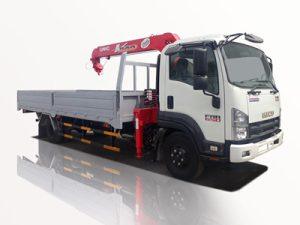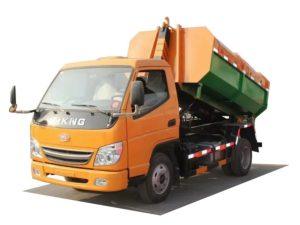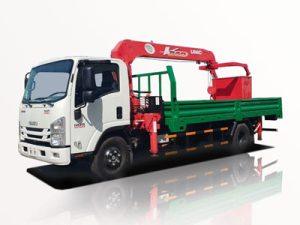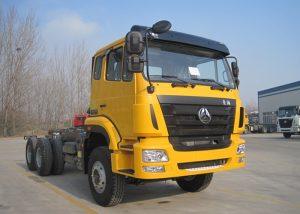Monday to Saturday - 8:00 -17:30
Understanding Bucket Truck Parts: A Comprehensive Guide
In the world of construction and maintenance, bucket trucks play a vital role. These versatile vehicles allow workers to reach heights safely and efficiently, making them indispensable in various industries. However, like any piece of equipment, bucket trucks require regular maintenance and have various parts that require understanding to ensure safety and reliability. This article explores the essential parts of bucket trucks, their functions, maintenance tips, and practical advice for operators.
What is a Bucket Truck?
A bucket truck, also known as a cherry picker or aerial lift, is a vehicle equipped with a hydraulic lifting system that supports a platform (bucket) at the end. The primary purpose of these trucks is to elevate workers and equipment to various heights, enabling tasks such as tree trimming, electrical work, and building maintenance.
Key Components of Bucket Trucks
Understanding the major parts of a bucket truck is crucial for safe operation and maintenance. Below are some of the essential components:
1. Chassis
The chassis is the base of the truck and consists of the vehicle’s frame, engine, axles, and wheels. This fundamental structure supports the entire weight of the bucket truck and determines its load capacity.
2. Aerial Device
The aerial device is the core component that allows the bucket to extend and reach work areas. It consists of several parts:
- Boom: The extendable arm that elevates the bucket.
- Rotating Assembly: Allows the bucket to rotate horizontally, ensuring the worker can easily access different work areas.
- Hydraulic System: Responsible for extending and retracting the boom and controlling the bucket’s movements.
3. Bucket (Platform)
The bucket is a platform that safely holds workers and supplies. It is built to provide stability and often includes safety harnesses to secure workers during operation.
4. Stabilizers
Stabilizers, or outriggers, are used to stabilize the truck when the aerial device is in operation. They help prevent tipping by distributing the weight evenly on uneven surfaces.
5. Control System
The control system is essential for operating the bucket truck. It includes:
- Ground Controls: Located at the base of the truck, allowing for control from the ground.
- Bucket Controls: Positioned inside the bucket, providing convenience for the operator at height.
6. Safety Features
Modern bucket trucks are equipped with safety features such as emergency stop buttons, tilt sensors, and alarms to ensure the safety of operators and bystanders.
Regular Maintenance of Bucket Truck Parts
Regular maintenance of bucket truck parts is crucial to extend their lifespan and ensure safe operation. Here are some maintenance tips:
1. Daily Inspections
Before operating the bucket truck, conduct daily inspections that include checking:
- Fluid levels (oil, hydraulic fluids)
- Signs of wear or damage on the boom and bucket
- Functionality of controls
2. Lubrication
Regularly lubricate moving parts to prevent wear and tear. Pay particular attention to:
- Joints and pivot points
- Hydraulic cylinders
3. Hydraulic System Maintenance
| Task | Frequency |
|---|---|
| Check hydraulic fluid levels | Every week |
| Inspect hydraulic hoses for leaks | Monthly |
| Change hydraulic fluid | Every 500 hours of operation |
4. Electrical System Check
The electrical system powers various components, and it’s vital to regularly check:
- Batteries and cables for corrosion
- Fuses and circuit breakers for functionality
5. Inspect Tires
Ensure that tires are in good condition and properly inflated. Check for tread wear and replace them as needed to maintain stability and handling.
Common Issues with Bucket Truck Parts
While bucket trucks are highly efficient, they can experience common issues that may affect performance. Here are some prevalent problems and their solutions:
1. Hydraulic Leaks
Hydraulic leaks can lead to loss of function. Regularly inspect hoses and connections for signs of wear or damage, and replace them as necessary.
2. Electrical Failures
If the controls are unresponsive, there may be an electrical failure. Check the fuses, wiring, and battery connections to troubleshoot the problem.
3. Boom Malfunctions
If the boom fails to extend or retract smoothly, it may require lubrication or inspection for hydraulic issues. Consider consulting a professional if issues persist.
Practical Examples and Tips for Bucket Truck Operation
1. Safe Setup
When deploying the bucket truck, ensure that:
- The ground is stable and level.
- Stabilizers are fully extended before operation.
- All bystanders are at a safe distance.
2. Communication
Maintain clear communication with ground personnel while working at height. Using radios or hand signals can help prevent accidents.
3. Training
Ensure that all operators are thoroughly trained on the specific model’s operation and safety protocols. Regular refresher training is also beneficial.
4. Weather Considerations
Do not operate the bucket truck in adverse weather conditions such as high winds, rain, or lightning. Always check weather forecasts before the day’s work.
Choosing the Right Bucket Truck Parts
When it comes to replacement parts or upgrades, choosing the right products is crucial. Here are some factors to consider:
1. Compatibility
Ensure that any parts you purchase are compatible with your specific bucket truck model. Refer to the owner’s manual or consult with manufacturers as needed.
2. Quality Standards
Opt for high-quality parts that meet safety and performance standards. This investment pays off in terms of durability and safety.
Frequently Asked Questions (FAQs)
1. How often should I perform maintenance on my bucket truck?
Regular maintenance should be performed daily before use, with more extensive checks scheduled weekly, monthly, and based on hours of operation, usually 500 hours.
2. What are the common safety features of a bucket truck?
Common safety features include emergency stop buttons, tilt sensors, load limit alarms, and safety harness attachments in the bucket.
3. What should I do if my bucket truck experiences a hydraulic leak?
Shut down the vehicle immediately, inspect the hydraulic hoses and fittings, and replace any damaged components. It’s advisable to consult a professional if unsure.
4. Can I operate a bucket truck in high winds?
No, it’s unsafe to operate a bucket truck in high winds. Always check weather conditions and abide by manufacturer recommendations regarding safe operating conditions.
5. How do I know when to replace bucket truck parts?
Look for signs of wear, such as excessive rust, cracks, or diminished performance. Always follow the manufacturer’s specifications and service guidelines for replacement recommendations.
6. Are there any regulations I need to comply with when operating a bucket truck?
Yes, there are specific OSHA regulations and standards regarding the safe operation of aerial lifts, which you must follow to ensure safety and compliance.


